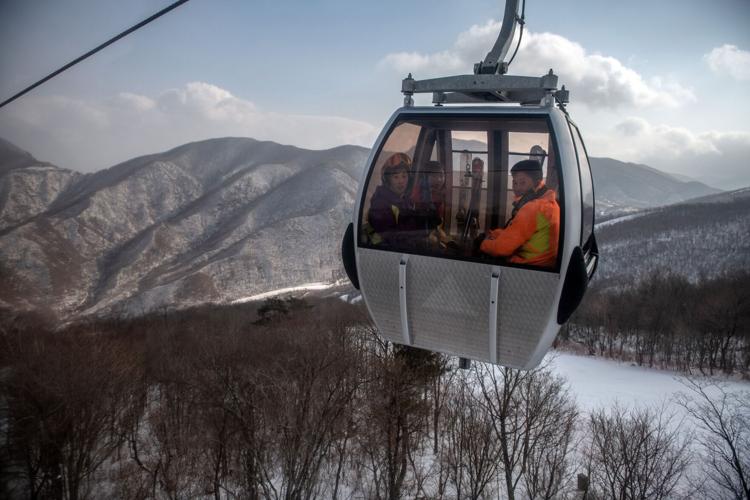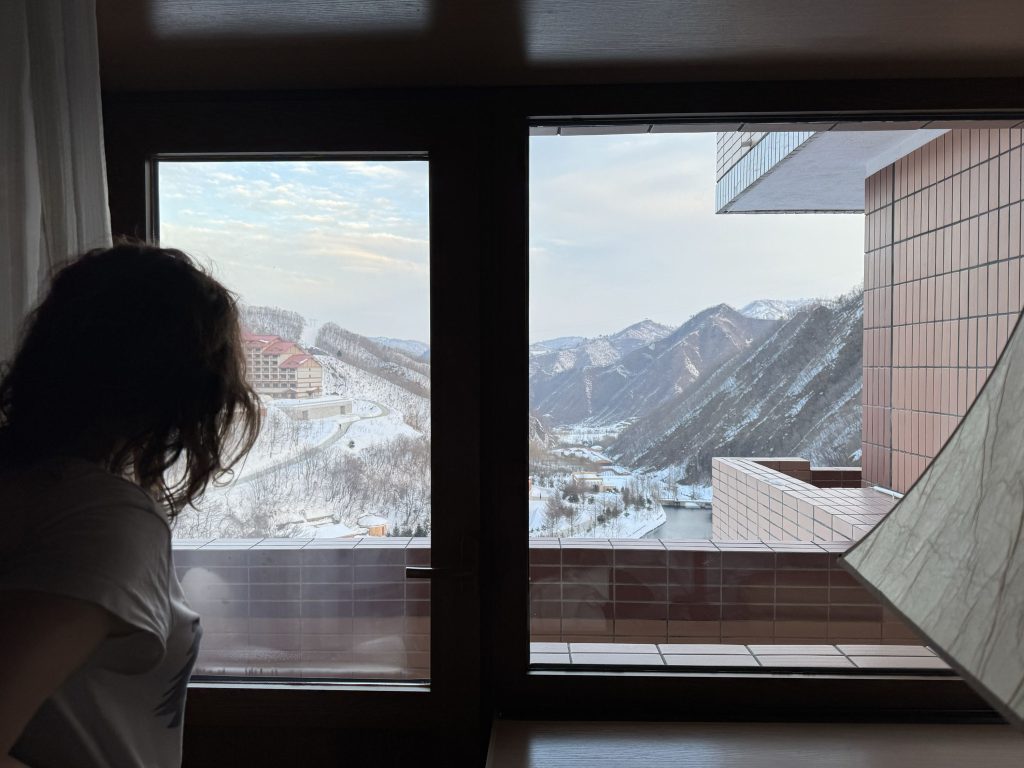News
Unlocking the Mysteries: A Deep Dive into North Korean Tourism
In an unprecedented turn of events, a cohort of approximately 100 Russian tourists found themselves venturing into the enigmatic landscapes of North Korea, marking a significant milestone as the first international tourist group to traverse the hermit kingdom since the onset of the COVID-19 pandemic. Led by a sense of intrigue and fueled by the opportunity to explore a country veiled in secrecy, these intrepid travelers embarked on a journey that promised a rare glimpse into the tightly controlled world of North Korean tourism. Let’s find out with nowglas.

Among the fortunate few to secure a North Korean tourist visa was Lena Bychcova, a marketing professional whose anticipation soared as her travel plans materialized. In a global context where many Russian tourists encountered barriers to international travel, North Korea emerged as a unique destination due to its longstanding diplomatic ties with Russia. However, the allure of exploring the hermit kingdom was not without its risks, as North Korea’s tourism industry operates under stringent controls, with individual travelers prohibited, and groups accompanied by government-appointed minders.
The journey commenced with the group’s arrival in Pyongyang on February 9, facilitated by a North Korean-owned Air Koryo plane departing from Vladivostok. Despite lingering apprehensions, the allure of witnessing a country seldom explored by tourists prevailed. Travel blogger Ilya Voskresensky, who joined the tour, shared his mixed emotions, acknowledging the tension but driven by the desire to unravel the mysteries of modern-day North Korea and juxtapose it with the narratives of Soviet Russia recounted by his family.
The meticulously curated four-day itinerary unfolded under the watchful eyes of Russian-speaking guides and translators, offering glimpses into iconic landmarks such as the bronze statues of late leaders Kim Il Sung and Kim Jong Il on Mansu Hill, the Mangyongdae Children’s Palace featuring captivating performances by local children, and a thrilling three-day stint at the Masikryong Ski Resort.

However, the journey was not merely a leisurely exploration; strict regulations governed the conduct of tourists, particularly concerning photography and videography. Restrictions extended to military personnel and construction sites, underscoring the controlled narrative presented to visitors. Bychcova recounted the detailed guidelines, emphasizing precautions when photographing portraits or sculptures of leaders, highlighting the meticulous measures taken to shape the tourists’ perception and preserve the sanctity of the regime’s imagery.
Souvenirs from North Korea were scarce, with only two shops offering a limited array of items such as magnets, dolls, Lego sets, and other mementos. Bychcova cherished newspapers featuring portraits of leaders, considering them among her prized souvenirs, underscoring the scarcity of available items and the uniqueness of her experience.
Before the pandemic, China constituted the primary source of inbound tourists to North Korea. However, the inclusion of Russian ski enthusiasts marked the first instance of tourists allowed into the hermit kingdom since the global health crisis, signaling the growing significance of Russia in North Korean affairs. This evolving dynamic has raised concerns among U.S. intelligence officials, particularly amid instances of collaboration between the two nations, such as North Korea supplying missiles to Russia for use against Ukraine.

Despite the political undercurrents, both Voskresensky and Bychcova asserted that their decision to travel was apolitical, emphasizing their desire to connect with local people and foster relationships. However, upon their return, Bychcova expressed skepticism about the possibility of forming genuine connections within the North Korean system, citing orchestrated events and controlled narratives as hindrances to authentic interactions.
An intriguing revelation surfaced during a staged concert organized for the tourists, where approximately 200 children performed for an audience of just 97 tourists. This incongruity hinted at an orchestrated effort to present a specific image of North Korea, raising questions about the authenticity of the experience and the extent of government intervention in shaping tourists’ perceptions.
Uncover Easter Delights Across the UK: Egg Hunts and Family Escapes
While both tourists were cognizant of North Korea’s well-documented human rights abuses, they embarked on the journey with the hope of connecting with ordinary North Korean civilians. However, the reality they encountered underscored the challenges of establishing genuine connections within the controlled environment, prompting reflections on the complexities of cultural exchange amid political tensions.
Despite the complexities, both Voskresensky and Bychcova expressed a willingness to consider future trips to North Korea, contingent on changes in the political situation and the prospect of fostering genuine human connections. They echoed the sentiment that their travels aimed to emphasize the shared humanity transcending borders, fostering empathy and understanding in an increasingly interconnected world.
As the world observes these unconventional forays into the enigmatic hermit kingdom, the travelers’ experiences offer insights into the delicate interplay between diplomacy, tourism, and the quest for cultural understanding. While another Russian ski trip to North Korea is slated for March 2024, the journey continues to provoke contemplation on the complexities of engagement with isolated regimes and the potential for meaningful dialogue amid geopolitical tensions.
See more: Iran Held Accountable for Brutal Killing of Mahsa Amini, UN Investigation Finds

